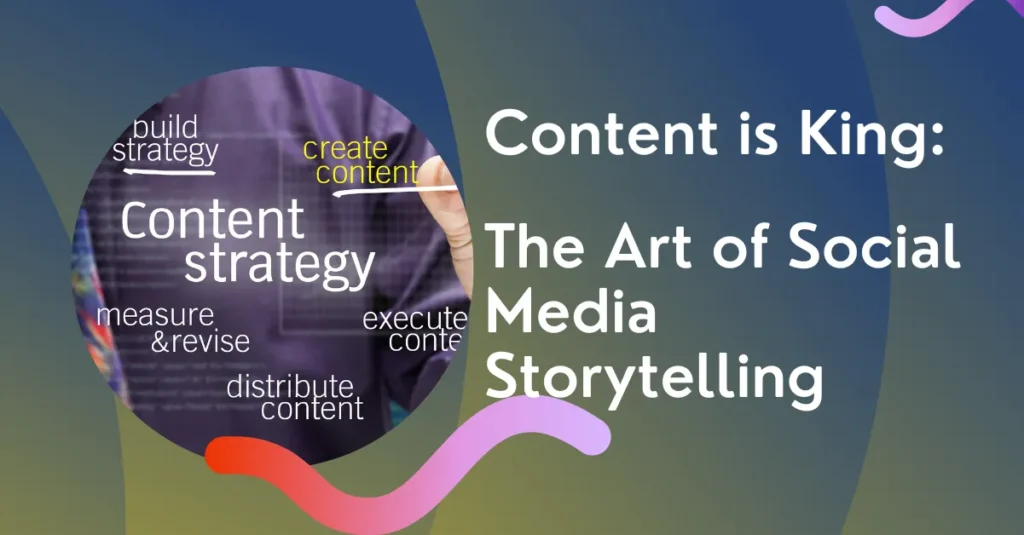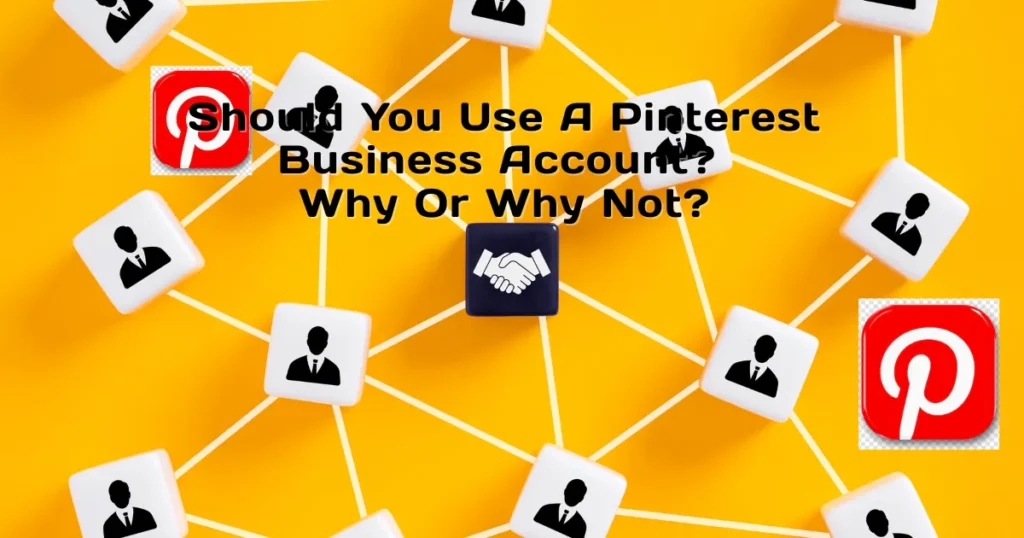Get Blog Comments – In the dynamic landscape of social media and SEO, engagement metrics like comments play a crucial role in determining the success and impact of your content (marketing blog). When your posts fail to garner comments, it can be frustrating and demotivating, but understanding the reasons behind this silence is the first step towards finding solutions.

Why Blog Engagement Matters More Than Ever
| SEO-Optimized Engagement Factor | Explanation & Impact on Blog Comments |
|---|---|
| Content Quality & Relevance | High-quality, emotionally resonant content that addresses audience needs is more likely to generate comments and interaction. |
| Post Timing & Frequency | Publishing at optimal times and maintaining a balanced posting schedule helps avoid audience fatigue and boosts comment rates. |
| Clear Call-to-Action (CTA) | Including strong CTAs prompts readers to comment, share, or engage—without them, users may simply scroll past. |
| Initiating Conversation | Posts that ask questions or invite feedback encourage dialogue and increase the likelihood of receiving comments. |
| Community Engagement | Responding to comments and participating in discussions builds trust and motivates users to engage more frequently. |
| Balanced Promotional Strategy | Minimizing self-promotion and focusing on informative or entertaining content keeps readers interested and engaged. |
| Unique & Memorable Content | Creative formats, visuals, and storytelling help your blog stand out and attract more comments in a crowded space. |
| Platform-Specific Optimization | Tailoring content to match platform behavior (e.g., visual for Instagram, concise for Twitter) improves engagement. |
| Comment Incentives & Rewards | Offering giveaways or discounts encourages users to comment—ensure incentives feel authentic and brand-aligned. |
| Fixing Technical Issues | Ensuring a smooth commenting experience by resolving glitches helps maintain user trust and engagement levels. |
Actionable Strategies to Get More Blog Comments
| Comment Engagement Strategy | Actionable Explanation |
|---|---|
| Know Your Audience | Conduct audience research and analyze engagement metrics to tailor content that resonates with user preferences and behaviors. |
| Create Compelling Content | Produce high-quality, relevant posts using diverse formats like videos, infographics, and storytelling to spark interest and comments. |
| Encourage Conversation | Ask open-ended questions, seek feedback, and respond to comments to foster a welcoming environment for dialogue. |
| Use Clear CTAs | Include direct calls to action that prompt users to comment, share experiences, or engage with your content meaningfully. |
Engagement vs. Traffic—What Really Builds Loyalty
| 📅 Timing Strategy | 📈 Optimization Tips |
|---|---|
| 👥 Know Your Audience | Use analytics to understand demographics, time zones, and online habits. Tailor content to peak engagement windows. |
| 🧠 Content Type & Strategy | Publish news early in the week, guides mid-week, and thought pieces on weekends. Align timing with your goals. |
| 📱 Social Media Timing | Coordinate blog uploads with platform-specific peak times (e.g., Pinterest in the evening, LinkedIn in the morning). |
| 💬 Drive Engagement | Weekends may yield more comments. Test different days to discover when your audience is most interactive. |
| 🔍 Competitor Analysis | Observe competitors’ posting schedules and engagement trends to uncover timing patterns that may work for you. |
| 🧪 Experiment & A/B Testing | Test similar content at different times. Track metrics like traffic, shares, and conversions to refine your schedule. |
| 📆 Consistency | Maintain a regular posting schedule to build audience trust and anticipation. Consistency often beats perfect timing. |
| 📊 Data-Driven Decisions | Use analytics to guide your timing strategy. Avoid generic advice—tailor your schedule to your unique audience. |
Proven Ways to Increase Blog Engagement and Get More Comments
Storytelling is a powerful tool for capturing attention and building emotional connections. Craft narratives that resonate with your audience, weaving in real-life examples and case studies. Encourage interaction by posing questions, inviting comments, and responding promptly to feedback. Incorporate visual elements, such as high-quality images and videos, to enhance readability and visual appeal.
Furthermore, optimize your content for search engines to increase visibility and attract a wider audience. Employ relevant keywords, craft compelling meta descriptions, and ensure your content is mobile-friendly. Finally, consistently analyze your content’s performance, tracking metrics such as engagement rates, social shares, and comments, to refine your strategy and continuously improve your content’s effectiveness.
Implementing these strategies can help you create compelling content that drives engagement and builds a loyal following for your marketing blog.






Don’t underestimate the value of comments! They provide invaluable feedback, help you understand your audience’s needs, and can even spark new content ideas.
This is so relevant for small business owners trying to navigate the digital landscape! SEO gets people to your ‘door,’ and genuine comments invite them ‘in’ for a conversation. It’s about building relationships, not just getting clicks.
Pingback: Innovative Marketing Strategies For Small Businesses